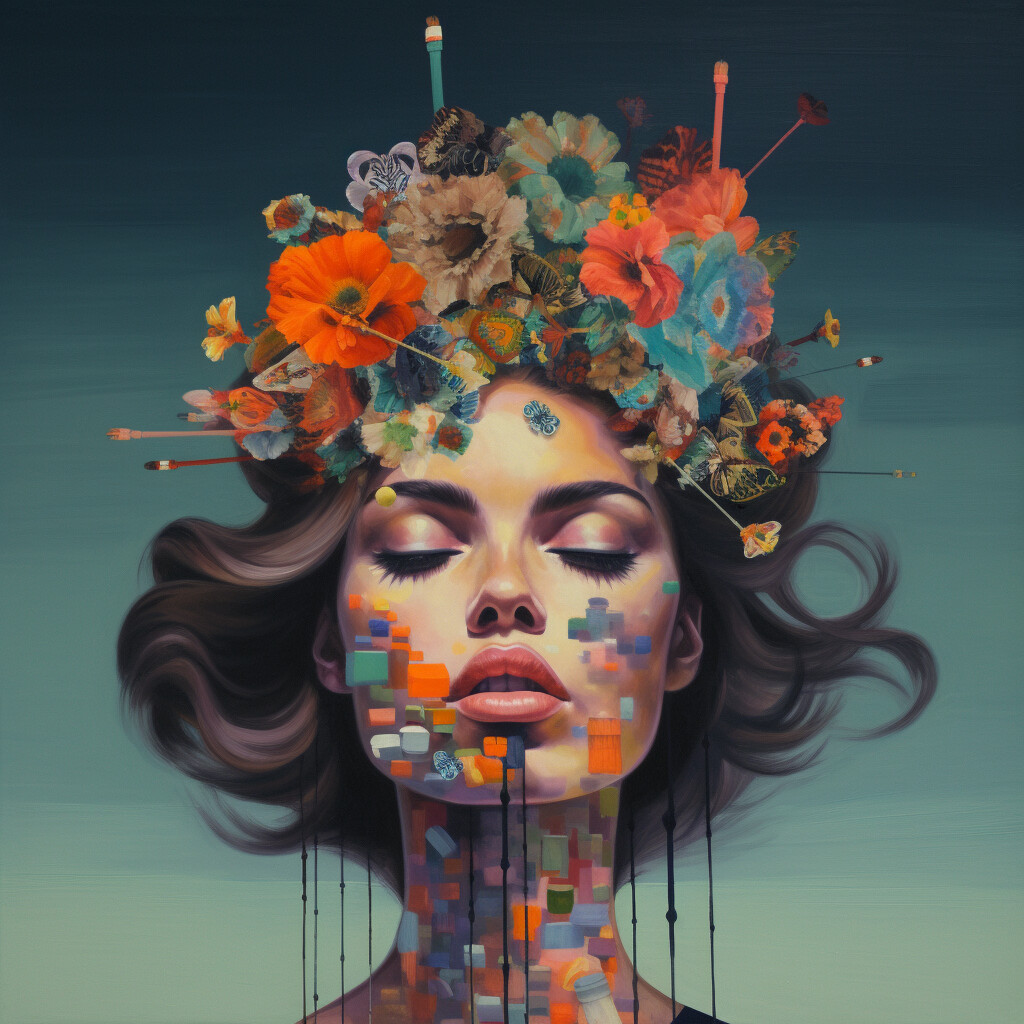Addiction is a turbulent journey, one that brings chaos, loss, and struggle. However, for many individuals, creative expression serves as a powerful outlet for healing and transformation. Art allows those in recovery to process their emotions, reclaim their identities, and find purpose beyond substance use. By turning pain into creativity, individuals can use artistic expression as a bridge from addiction to self-discovery and renewal.
Art as a Reflection of Struggle and Healing
Art has long been a medium for expressing the human experience, including the pain of addiction. Whether through painting, sculpture, music, or poetry, creativity provides an avenue for individuals to communicate their internal battles in a way words often cannot. Addiction often comes with shame, guilt, and isolation, but artistic expression offers a non-judgmental space to explore these emotions.
Creating art allows individuals to externalize their struggles, giving them a tangible representation of their experiences. This process can be cathartic, helping to release pent-up emotions and promote self-awareness. It also enables people in recovery to visually or audibly track their progress, making the healing journey more concrete and meaningful.
Rewiring the Brain Through Creativity
Addiction rewires the brain, often diminishing one’s ability to experience pleasure outside of substance use. However, engaging in artistic expression stimulates the brain’s reward system in a healthy way. Creating art releases dopamine—the same neurotransmitter associated with the pleasure of drug use—providing a sense of satisfaction and accomplishment.
Studies suggest that creative activities help rebuild neural pathways damaged by addiction, fostering emotional regulation and cognitive resilience. Art therapy, in particular, has been recognized for its ability to reduce anxiety, depression, and stress, all of which are common triggers for relapse.
Art as a Tool for Recovery and Self-Discovery
Recovery is not just about quitting substances; it’s about finding new ways to cope with life’s challenges and rediscovering one’s sense of self. Artistic expression gives individuals in recovery a purpose beyond their past habits. It allows them to explore their identity, redefine their narrative, and envision a future free from addiction.
Many rehabilitation programs incorporate art therapy as a tool for emotional healing and personal growth. Through creative projects, individuals learn problem-solving skills, patience, and perseverance—traits essential for maintaining sobriety. Additionally, participating in artistic communities fosters connection and support, reducing feelings of loneliness and isolation.
Transforming Pain into Purpose
One of the most profound aspects of using art in addiction recovery is its ability to turn pain into purpose. Many artists who have struggled with addiction use their work to inspire and educate others, raising awareness and reducing stigma. Their creative expressions become symbols of resilience, showing that transformation is possible.
By channeling emotions into their art, individuals can find beauty in their struggles and strength in their stories. From chaos to canvas, addiction can be transformed into something meaningful, paving the way for healing, growth, and a new sense of self.
